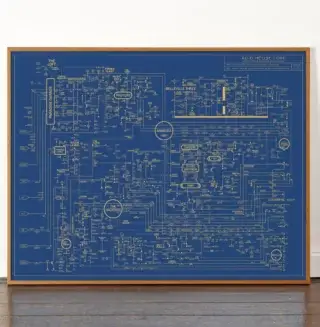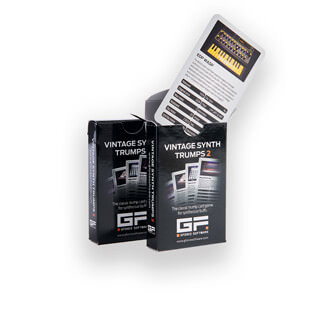It’s time to accept that synthesizers have reached their technological apex and stop pining for the next best thing.
It’s the same thing every year. Around the time of NAMM and then SuperBooth, the online synthesizer community comes alive with speculation about the shiny new synthesizers companies will exhibit. What exciting and new forms of synthesis will we see? How will our minds be blown?
After the flurry of news and Facebook group posts subside, we’re left with the feeling that we’ve seen it all before. A Minimoog recreation (again). Something with FM synthesis (again). A Eurorack module that conveniently combines multiple existing functions into one unit (again). We’re left with the feeling that the industry is letting us down, not fulfilling our unrealistic expectations for something new to arrive and trump what’s come before.
This is in no way faulting manufacturers. They consistently deliver solid products that help us make interesting music. The issue is us. We keep longing for something novel and new when we should be celebrating the perfection that we already have.
What Is A Synthesizer, Really?
Synthesizers occupy a unique space in the world of musical instruments. They are indeed instruments but they’re also consumer electronic devices. Technology is at the heart of what they are, and like other forms of technology, we expect them to continually improve. You don’t buy an iPhone and expect to use it for decades, just like you don’t buy a synth and assume it will still be there in a music studio 100 years from now.
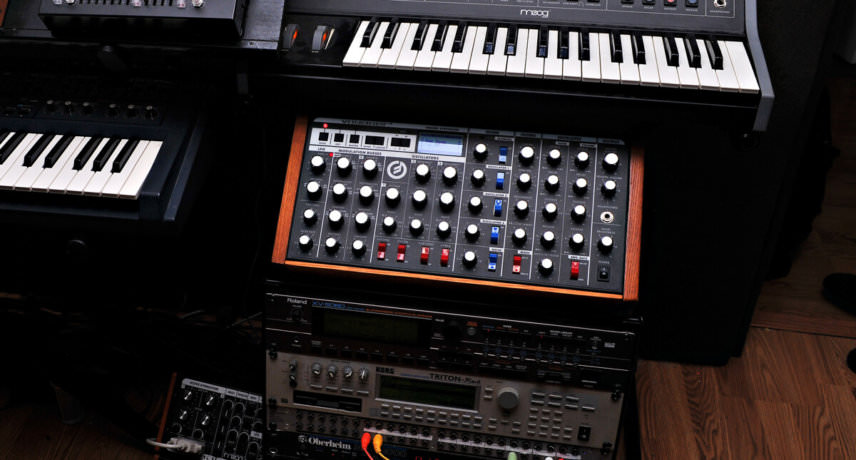
Synthesizers are often premium machines and are generally made to last as long as they can. But components wear out and machines break down. It’s a fact of the medium. However, even before a synthesizer has reached its natural age limit, many of us already have our eye on the next thing with keys coming around the bend. We’ve been trained to want the latest technology, and that includes synthesizers.
Instruments don’t need to continually change. Yes, there is a process of evolution but eventually, they reach a point where drastic developments are no longer required. They sound good as they are.
Classical Instruments Are Eternal
Instruments don’t need to continually change. Yes, there is a process of evolution but eventually, they reach a point where drastic developments are no longer required. They sound good as they are.
Think of the violin. It was first developed in the 16th century and then peaked in the 1700s. Violins made during this time, such as the famous Stradivarius, are still considered to be the best ever made.

The piano, an ancestor of the synthesizer, is another. Early pianos were developed from the harpsichord in the early 1700s. They underwent a number of improvements over the next hundred years, mostly in terms of volume and sustain, and then stopped evolving. A piano that you buy today is largely the same as one from more than a hundred years ago.
We could call up any number of examples from the orchestra pit. They have all reached a point of perfection where change is no longer necessary.
Strumming and Stomping
Instruments that have reached their peak are not limited to those used in classical music. Electric guitars are still in wide use and they haven’t changed much since the 1950s, when companies started mass-producing solid-body units. Even many of the stomp boxes that are so popular today contain circuits that were developed in the 1960s and ‘70s. If it ain’t broke, don’t fix it, right?
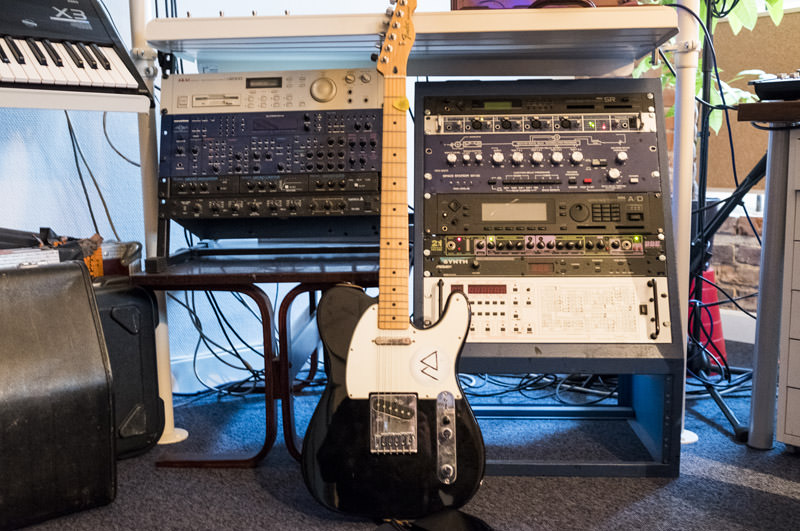
Analog Synths Are Older Than You Think
Synthesizers are modern and so can’t be counted on the same hand as classical instruments and guitars, though, right? Well, you’d be surprised at how old some of the technology actually is. Robert Moog and Don Buchla both began experimenting with technology that would become codified as synthesizers in the mid-1960s, with Moog debuting his pioneering Minimoog synthesizer in 1970. Although 53 years old now, it’s still the gold standard, with most modern synths owing at least something to the sound, shape and signal flow of the Minimoog, an instrument that came out the year The Beatles broke up.

Part of this was to do with the immediacy of the instrument. It not only made wonderful sounds but it was also extremely playable, something Vangelis commented on in an interview in 1990. “With … the Minimoog, you could shape and change the sound instantly and give a little warmth, even though the keyboard itself wasn’t really that great. The concept of immediate response was very, very important.”
Right out of the gate, the Minimoog was already a stellar instrument. How much more change is really necessary?
Digital Synths Are Older Than You Think
With its Tolex wrapping and wooden casing, the Minimoog honestly looks old. What about digital synths, though? Aren’t they modern and cutting-edge? You’d think but actually, much of the technology in digital synths is fairly ancient by computing standards.
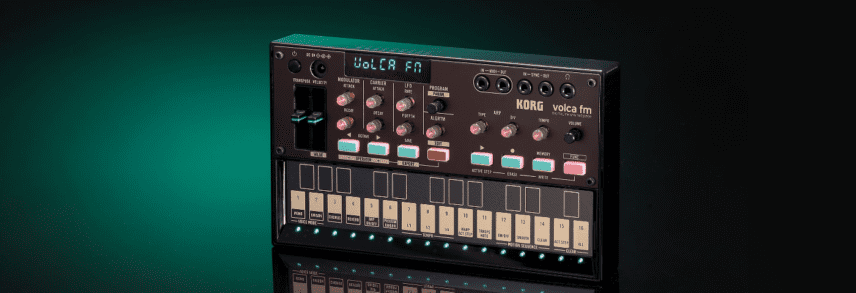
FM, the digital synthesis system that powered Yamaha’s analog-killing DX7 (and is still popular today), was patented by John Chowning at Stanford in 1967. Physical modeling, which replicates the sound of acoustic instruments digitally, is also old. Breakthroughs made back in the 1980s made it possible, as well as virtual analog, a now rather long-in-the-tooth digital copy of an even older technology. Sampling is getting on in years too. The term was coined by Fairlight in 1979 to explain what their CMI sampler did, but the tech is even older, with British outfit EMS developing the first sampler in 1969.
Synthesizers Have Peaked And It’s Time To Accept It
It took the piano and the violin around 100 years to reach peak form. Synthesizers aren’t that old but then again, things change a lot faster in the 21st century than they did in the 1800s. And, despite a few small tweaks here and there, synthesizers have largely used the same technology for decades now. Think about all the clones, remakes and upgrades. We’re living in a time of refinement now, not necessarily one of invention.
This is not to say that there’s no room for improvement. Recent forays into electroacoustic hybrid synths, such as Gamechanger Audio’s Motor Synth and Korg Berlin’s Acoustic Synthesizer prototype, are fascinating. But this is the equivalent of changing the material used to make the strings on a piano. The fundamentals are set. We’re just playing with details at this point.
It’s time to embrace the fact that synthesizers are perfect just as they are. There’s no need to keep looking for the next best thing when the best thing is already here. Manufacturers, keep delivering those incredible-sounding instruments. It’s time for us users to start to really appreciate what we have under our hands.



